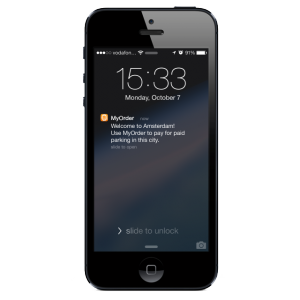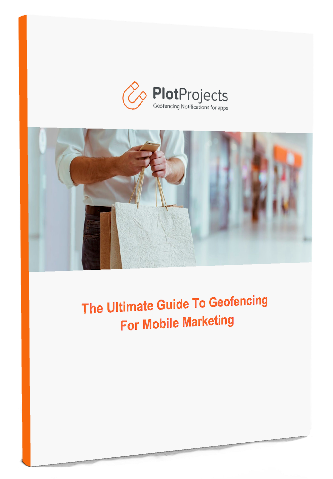Have you ever asked yourself why in such a digitalized world you still pay the old-fashioned way? Of all the money made in retail transactions in 2013, which is $15 trillion, as much as 94% was spent in physical stores and paid for with cash and credit cards. So what’s stopping mobile from becoming a more accepted and used payment method? See how geofencing for payment apps can help this issue.
This week’s industry: Mobile Payment Apps
Despite the great predictions by Gartner Research that mobile payments will hit $720 billion by 2017, the pace at which a modern consumer is adopting mobile payments is still incredibly slow.
One of the main challenges for the mobile payment apps, besides the security concerns which of course are substantial but definitely not primary because they are only a matter of time since the technological advances in the mobile payment marketplace offer the potential for more data security than the traditional payment system does; is that most of the time consumers are simply unaware of the places where they can pay via mobile payments which is why they perceive them as inconvenient. How can that be solved?
Solution 
Geofencing technology can give mobile payment apps a better contextual relevance. It can point the customers to places where the mobile payments are accepted when it is relevant to them – when they are in direct proximity to these places which would dramatically increase the chances of them actually using the wallet apps.
For instance, with geofencing a wallet app can send a notification to a user when he is inside or approaching a store where he can pay via mobile. This can help your app drive more return visits because users will make a connection between a location and your app and will use it next time they are at the same location.
Successful Real World Application Examples
MyOrder (Rabobank), a Plot Projects customer, started off by notifying their customers about the parking places they could easily pay for via their app when the customers entered a new city. Later they expanded their service to gas stations, car washes, restaurants, bars, cinemas, events, and a lot more. My Order has been using geofencing for over a year now and their conversion rates range between 30 and 50 percent which is incredibly high. Geofencing has worked out to be a very useful tool for them and their customer.
‘Customers really appreciate our location based notifications because we only send them when they are relevant’,- says Gertjan Rösken, CTO at MyOrder (Rabobank).
 |
What is geofencing & why I need it in my app?Download the Ultimate Guide to Geofencing for Mobile Marketing to find out more about geofencing and beacons and why to use them in your app. |

